Not long ago, building a business online meant playing by someone else’s rules. A creator could pour years into growing an audience, only to wake up one morning and find their account suspended. An entrepreneur could see their profits shrink overnight because a platform decided to change its fee structure. Control wasn’t in the hands of the builders—it belonged to the gatekeepers.
That’s starting to change.
Web3 isn’t just another tech trend. It’s a shift in who holds the power. Instead of relying on centralized platforms to connect with customers, process payments, or manage assets, entrepreneurs are reclaiming ownership. Blockchain-based businesses are cutting out middlemen, tokenizing communities, and creating new ways to build, fund, and scale ventures.
For the next generation of entrepreneurs, this isn’t an experiment—it’s the foundation. The future belongs to those who understand how to build in a decentralized world.
Web3 is rewriting the rulebook for business models
For decades, starting a business meant following a well-worn path. Secure funding, build a product, market it, and rely on third parties—banks, payment processors, platforms—to keep things running. But that system wasn’t built for independence. It was built for control.
Web3 changes the equation.
Imagine launching a business where contracts execute themselves, payments clear instantly, and ownership is verifiable on a global scale—without needing a middleman. That’s exactly what smart contracts on the blockchain make possible. These self-executing agreements remove friction, reduce costs, and automate trust, letting entrepreneurs focus on building instead of chasing approvals.
Then there are DAOs (Decentralized Autonomous Organizations), which flip the traditional business structure on its head. Instead of a single CEO calling the shots, these blockchain-based entities allow communities to co-own and co-govern projects. Some startups are using DAOs to raise capital, make decisions, and distribute profits—all transparently recorded on the blockchain.
And let’s talk about NFTs. Most people associate them with digital art, but forward-thinking entrepreneurs are using them as business assets. Exclusive memberships, event access, intellectual property rights—NFTs create new ways to monetize ideas and engage communities without relying on corporate platforms.
The old model relied on central authorities. The new model? Code, transparency, and community-driven ownership. And that’s opening up opportunities no one could have imagined a decade ago.
Building communities, not just customers
In Web2, audiences don’t belong to the creators or businesses—they belong to the platforms. A social media algorithm shift can tank engagement overnight. A marketplace can decide to take a bigger cut. The control isn’t in the hands of the people doing the work.
Web3 flips that dynamic.
Instead of chasing followers, entrepreneurs are building tokenized communities where members have a real stake. When customers become contributors—through governance tokens, NFT memberships, or DAOs—they’re no longer passive buyers. They’re part of the brand’s success.
Look at what’s happening with decentralized social platforms. Instead of relying on ad revenue models that squeeze creators dry, blockchain-based networks reward users directly. Musicians, writers, and educators are earning through direct micropayments, not ad dollars controlled by a third party.
Even crowdfunding is changing. Web3-native platforms allow supporters to invest in a creator’s work, sharing in the upside instead of just donating. A book, a film, a startup—if the project thrives, early backers benefit.
Community-driven business isn’t just a buzzword. It’s a fundamental shift in how entrepreneurs connect, engage, and grow.
Funding without the gatekeepers
Raising capital used to be a game of closed doors. Entrepreneurs had to pitch investors, prove themselves to banks, or give up equity to get funding. The process favored those with the right connections, not necessarily the best ideas.
Blockchain changed that.
Startups are now launching without venture capital. ICOs (Initial Coin Offerings) and token sales allow founders to raise money directly from their community, skipping traditional funding hurdles. With a well-planned tokenomics model, even small-scale entrepreneurs can attract early supporters who believe in their vision.
NFTs are opening another lane. Creators and businesses are selling digital assets tied to real-world perks—early product access, exclusive content, revenue-sharing models. Instead of relying on a few big investors, they’re funding projects through engaged communities.
Some entrepreneurs are taking it even further with DAOs. These decentralized organizations pool funds from contributors who help shape the business. No single investor holds the keys—decisions are made transparently, often by token-based voting.
Web3 isn’t just making funding more accessible—it’s making it fairer.
A fairer playing field for global entrepreneurs

For entrepreneurs in major financial hubs, access to banking, loans, and online payments is a given. But for millions worldwide, it’s a different story. High banking fees, strict regulations, and financial gatekeepers keep many locked out of the global economy.
Blockchain removes those barriers.
A freelancer in Nigeria can receive payments in crypto without worrying about currency conversion fees or banking restrictions. A small business in India can access decentralized loans without dealing with slow, paperwork-heavy financial institutions. A startup in Argentina can bypass inflation challenges by holding stablecoins instead of local currency.
Decentralized finance (DeFi) is filling the gaps where traditional banking falls short. Peer-to-peer lending, borderless transactions, and smart contract-driven financial services give entrepreneurs new ways to operate without relying on middlemen.
The old system favored the few. Web3 gives everyone a shot.
What it takes to thrive in this new era
Opportunities in Web3 are massive, but they don’t come with a step-by-step manual. Entrepreneurs diving in need a mix of adaptability, technical know-how, and a community-first mindset.
The biggest challenge? Education. Unlike Web2, where platforms handle the backend, Web3 puts ownership in the hands of the entrepreneur. That means understanding smart contracts, tokenomics, and decentralized governance isn’t optional—it’s the foundation. Those who invest time in learning blockchain fundamentals will have an edge over those waiting for the space to “mature.”
Then there’s regulatory uncertainty. Many governments are still figuring out how to approach blockchain-based businesses. Entrepreneurs need to stay ahead of legal shifts, ensuring their projects remain compliant while maintaining decentralization principles.
Perhaps the most critical factor? Community-building. Web3 success isn’t just about launching a product—it’s about creating ecosystems where users feel invested. Entrepreneurs who know how to foster engaged communities will outlast those who treat Web3 like a quick cash grab.
The ones who thrive in this space won’t just adapt to change. They’ll drive it.
Looking ahead: the entrepreneurs shaping tomorrow
The first wave of Web3 businesses proved what’s possible. The next wave will push the boundaries even further.
AI-driven DAOs are already experimenting with governance models that remove human bias. The metaverse is turning digital spaces into thriving economies, where entrepreneurs own virtual land, sell products, and create immersive experiences. Tokenized real-world assets—from real estate to intellectual property—are redefining how ownership works.
The most successful entrepreneurs of tomorrow won’t just use Web3 tools; they’ll build the next generation of them. They won’t wait for legacy institutions to catch up; they’ll create systems that render them obsolete.
The shift is already happening. The question isn’t whether Web3 will change entrepreneurship. It’s who will take the lead in shaping what comes next.




